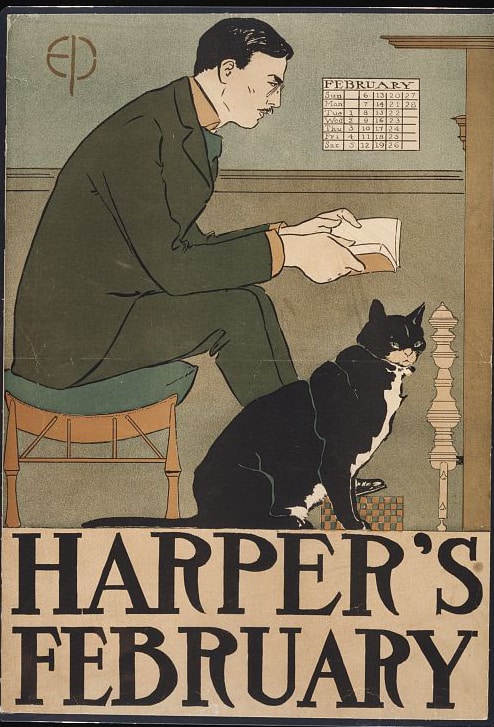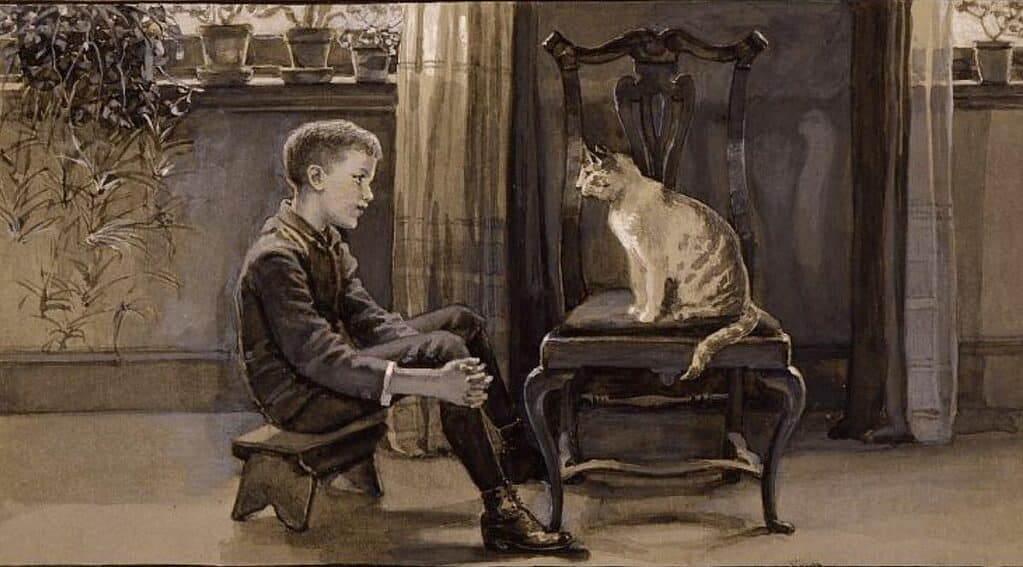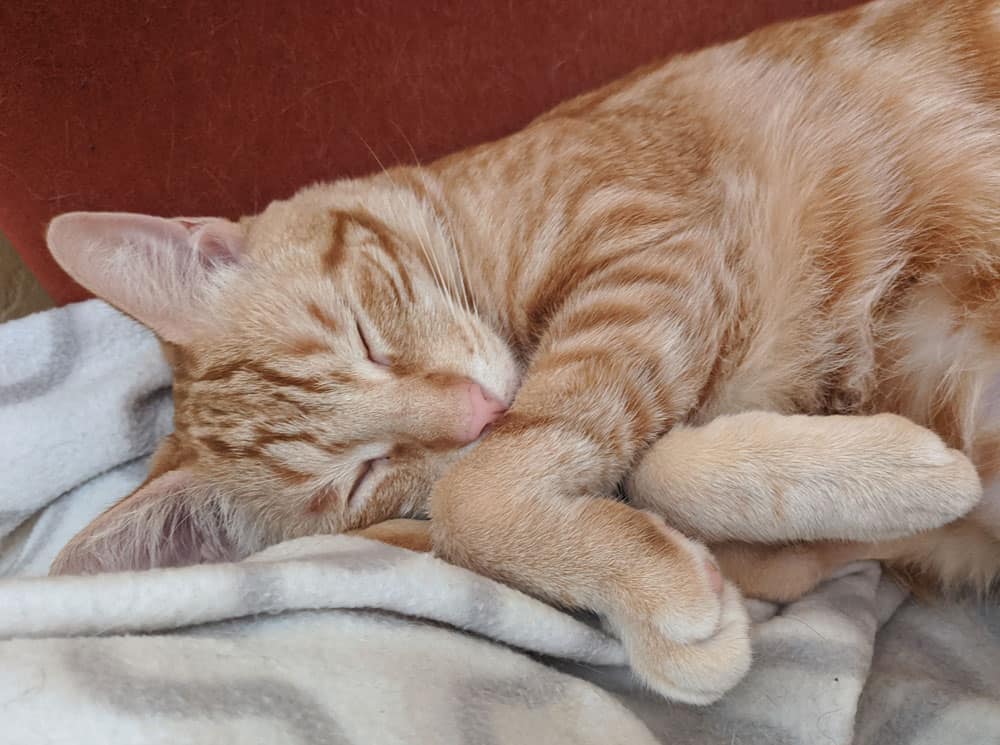While the domestic cat has been a partner to humans dating back to the neolithic period, it’s only been relatively recently that cats have been treasured as indoor pets.
Cats are the second most popular house pet after the dog. About 34 million households in the United States, representing about 25% of residences, own at least one cat.
Cats weren’t alway allowed inside. Up until the late 1800s and into the early 20th century, cats were largely kept outdoors in the United States and Europe.
Their association with humans was primarily utilitarian. Cats were kept to help fight off rat infestations around barns and houses.
Cats as Objects of Admiration
The late 19th century saw a shift in how humans treated cats. The first cat show was held in 1871 in London. The United States followed in 1895 with its own first national cat show.

Cats became cherished as indoor pets and books about how to care for cats as household pets began to appear. Cats that were kept as pets no longer had to entirely fend for their own food as the concept of providing your cat with a daily meal started to become the norm.
An 1894 book on home pets advised cat owners to “see that he has good food and care” by feeding the cat at least one meal of meat a day.
Mark Twain Helped to Popularize Cats as Indoor Pets
Notable American novelist Mark Twain was an avid lover of cats and he helped to popularize cats as house pets. Twain once owned up to 19 cats at one time and would rent cats when he traveled as companions.
In his 1894 novel, Pudd’nhead Wilson, he wrote, ““A home without a cat — and a well-fed, well-petted and properly revered cat — may be a perfect home, perhaps, but how can it prove title?”

Exclusively Indoor Cats
The concept of cats as exclusively indoor pets is an even more recent practice. Even after cats began to be kept as pets that had access to the house, those 18th and 19th century cats still spent a great deal of time outside.

Invention of Kitty Litter
The invention of kitty litter by Edward Lowe in 1947 helped to make keeping an indoor cat more hygienic. Prior to the invention, people used sand, dirt, or ashes indoors for their cat’s toilet.
Lowe created kitty litter out of Fuller’s Earth, a type of clay that can absorb its weight in water. The clay was less messy than the traditional cat box fillers and was quickly adopted by cat owners.
The Cat Door
Owners with indoor/outdoor cats will install a flap on one of their outside doors that allows cats to enter and exit the house without needing a human to open the front or back door.
The Oxford English Dictionary records the first usage of “cat flap” in 1957 and the first usage of “cat door” in 1959.
The existence of holes in a building’s wall or doors to allow a cat to enter and exit is much older. These cat holes were created to allow cats inside the building to hunt rodent pests.
Geoffrey Chaucer, the 14th century writer mentioned cat holes in “Miller’s Tale” from Canterbury Tales:
An hole he foond, ful lowe upon a bord
Ther as the cat was wont in for to crepe,
And at the hole he looked in ful depe,
And at the last he hadde of hym a sighte.
References
Powers, J. (2019, July 25). The ‘Feline states of America’: How cats helped shape the US. WUWM 89.7 FM – Milwaukee’s NPR. https://www.wuwm.com/podcast/lake-effect-segments/2019-07-25/the-feline-states-of-america-how-cats-helped-shape-the-us
Miller, O. T. (1894). Our Home Pets: How to Keep Them Well and Happy. United States: Harper & brothers. Scanned on Hathi Trust: https://catalog.hathitrust.org/Record/006519919
U.S. pet ownership statistics. (2018). American Veterinary Medical Association. https://www.avma.org/resources-tools/reports-statistics/us-pet-ownership-statistics
Zax, D. (2007, June 30). A brief history of house cats. Smithsonian Magazine. https://www.smithsonianmag.com/history/a-brief-history-of-house-cats-158390681/







